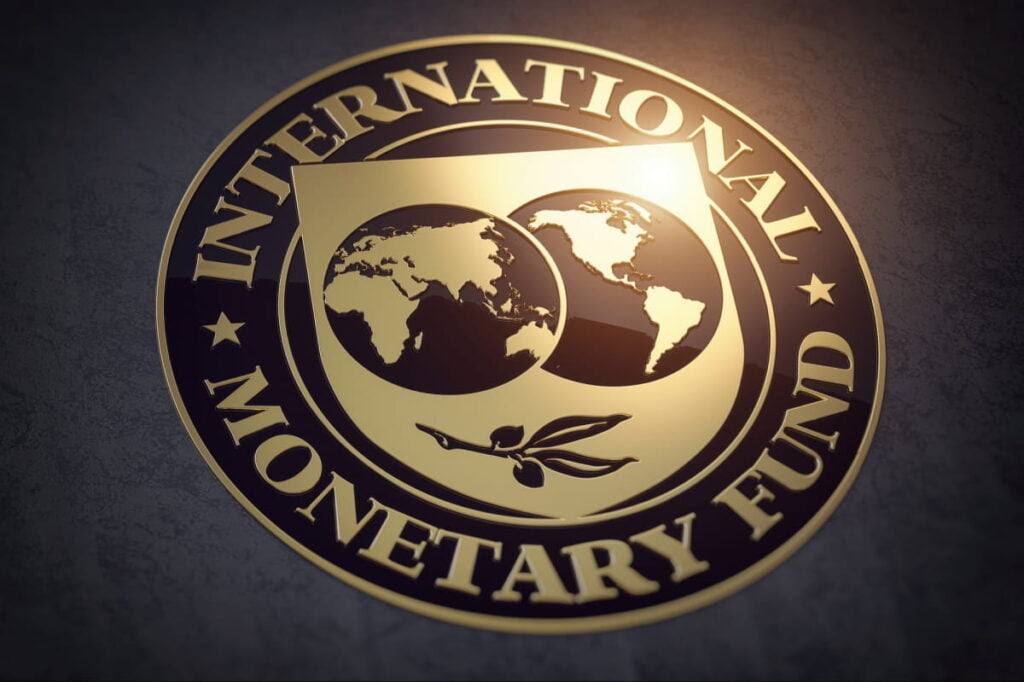IMF: Crypto regulation must be comprehensive and coordinated

The crypto market is currently valued at over $ 2 trillion and its market cap is forecast to double in the near future. The increasing use of digital assets has led to a growing discussion about regulating the market. According to the International Monetary Fund (IMF), any formulated crypto regulation must be comprehensive, consistent and coordinated.
On a blog, the IMF posted that the crypto ecosystem was facing numerous challenges, including the problem of its place in the existing financial system, which is usually only raised by critics. The identification, monitoring and management of risks are beyond regulation and companies, the article says.
“These include, for example, risks with regard to the operational and financial integrity of crypto exchanges and wallets, investor protection as well as insufficient reserves and the lack of transparency of some stablecoins.”
The article also mentions the acceleration of the “cryptoization” of emerging and developing countries.
He also points out that the unregulated crypto market has become intertwined with regulated economic systems due to its increasing acceptance. The IMF believes that this poses a serious threat unless global financial regulators quickly put in place standardized regulation.
“Policy makers are struggling to monitor the risks of this developing sector, where much of its activity is unregulated. We even believe that these risks to financial stability could soon become systemic in some countries. “
Three general IMF recommendations
In order to formulate regulations that create a level playing field for the industry, the IMF has three recommendations for state financial regulators.
First, crypto service providers with important functions should need government approval. Existing rules for providers of financial assets must be applied to those crypto companies that offer storage, transfer, custody or reserves and assets, payment and other services.
“The criteria for the issuing of licenses and permits should be clearly formulated, the competent authorities clearly identified and the coordination mechanisms between them precisely defined.”
Second, the requirements must be tailored to the main use of cryptocurrencies and stablecoins. This means that the same requirements must apply to services and investments as to securities brokers and dealers, who are supervised by the securities regulators. In addition, the same requirements should apply to services and investment products as to bank deposits supervised by the central bank.
“Regardless of which authority is originally responsible for approving crypto services and products, all regulators – from central banks to securities and banking regulators – must coordinate in order to minimize the various risks that arise from the different and changing uses. “
Third, requirements should be laid down for regulated financial institutions with regard to their exposure to and participation in cryptocurrencies.
“For example, the relevant banking, securities, insurance and pension regulators should set capital and liquidity requirements and the limits on exposure to the various types of these assets and require suitability and risk assessments of investors.”
The IMF warned emerging and developing countries that the growing crypto market could lead to a substitution of fiat currencies by cryptocurrencies. That is why the measures to control capital flows have to be precisely coordinated.




